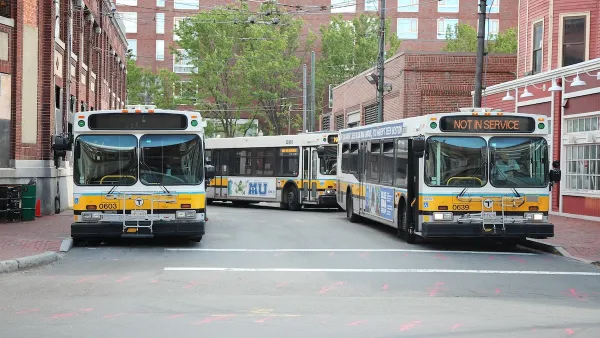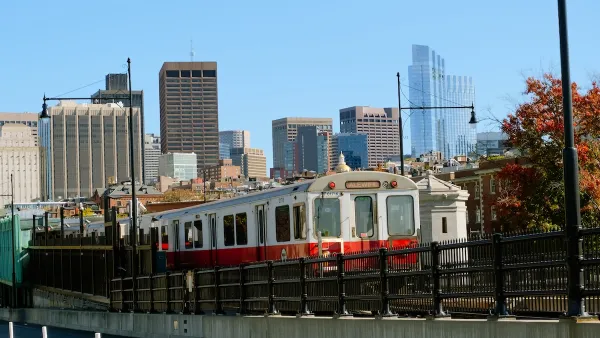Millennials have been clustering in urban hotspots, and millions of others will be settling down over the next decade. William Fulton advises less attractive cities and suburbs on how to avoid a brain drain.
The migration trend of millennials is "to a small number of hip metro areas (D.C., San Francisco, Seattle) and smaller cities (Boulder, Colo.; Missoula, Mont.; Palo Alto, Calif.) around the country and hip employers follow them," writes Fulton. "The result is an upward cycle of talent and jobs and business growth in the fashionable places, and a downward cycle everywhere else."
Even Boston, "which has the greatest concentration of universities in the country, lots of cool neighborhoods and a big chunk of the innovation economy" is facing an outmigration, though the problem there is primarily one of cost, not lack of appeal. Experts say that Boston "needs more starter homes in interesting, transit-rich locations," but this will be an easier feat for Boston than for other less attractive cities and suburbs.
Fulton explains, "So if you're not one of the hip places today, you have only a few years -- the length of one real estate cycle and the time horizon for planning an infrastructure project -- to become hip enough to keep your kids and attract others." He acknowledges that "[t]his might seem like a daunting, if not insurmountable challenge," but he points out that second-tier cities like Omaha, Neb.; Oklahoma City; Richmond, Va.; Syracuse, Buffalo and Rochester, N.Y.; and Manchester, N.H. have been successful.
"Most people -- even millennials -- want to live near their families and near where they grew up," concludes Fulton, "meaning that if you can create interesting places, they're likelier to stay. And you don't need the endless hip urban fabric of New York or D.C. to compete. You just need a few great neighborhoods for people to live and work in. For most cities, that's an achievable goal."
FULL STORY: Do Millennials Want to Call Your City ‘Home’?

National Parks Layoffs Will Cause Communities to Lose Billions
Thousands of essential park workers were laid off this week, just before the busy spring break season.

Retro-silient?: America’s First “Eco-burb,” The Woodlands Turns 50
A master-planned community north of Houston offers lessons on green infrastructure and resilient design, but falls short of its founder’s lofty affordability and walkability goals.

Delivering for America Plan Will Downgrade Mail Service in at Least 49.5 Percent of Zip Codes
Republican and Democrat lawmakers criticize the plan for its disproportionate negative impact on rural communities.

Test News Post 1
This is a summary

Test News Headline 46
Test for the image on the front page.

Balancing Bombs and Butterflies: How the National Guard Protects a Rare Species
The National Guard at Fort Indiantown Gap uses GIS technology and land management strategies to balance military training with conservation efforts, ensuring the survival of the rare eastern regal fritillary butterfly.
Urban Design for Planners 1: Software Tools
This six-course series explores essential urban design concepts using open source software and equips planners with the tools they need to participate fully in the urban design process.
Planning for Universal Design
Learn the tools for implementing Universal Design in planning regulations.
EMC Planning Group, Inc.
Planetizen
Planetizen
Mpact (formerly Rail~Volution)
Great Falls Development Authority, Inc.
HUDs Office of Policy Development and Research
NYU Wagner Graduate School of Public Service





























